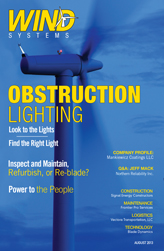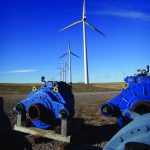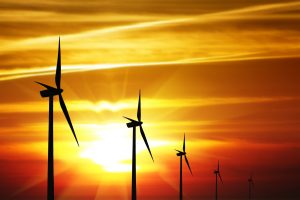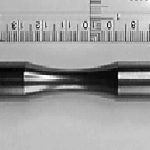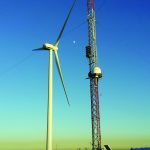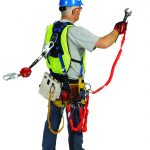Energy has always been pivotal to the progress and sustainability of civilization. This has never been more true than today and we are facing a unique set of circumstances. The importance of energy security, its cost, and the global requirement for reducing carbon emissions are more pressing than ever. While solar and wind are really gaining traction, “fracking” of natural gas is also changing the energy environment. We all understand these issues very well, but the point is that renewables are required to stand alongside conventional power generation right now. This requires a different degree of industrialization and process control in order to deliver the reduced cost and improve reliability that is so obviously required.
Blade Dynamics exists solely to develop composite technology to reduce the cost of energy through increased performance, simpler transport, and improved reliability. At its core, the belief of the company is that quality is everything. This is easy to say, but when we discuss some the technical challenges required to scale up wind turbines it can be seen that there has been a conflict between innovation and financing which has ultimately led to some suboptimal engineering. This is a common problem, but recognizing the fundamental issues is important for the growth of the industry.
As we know, today’s wind turbines have scaled up from far smaller machines and to a large extent share similar technology. Fantastic advances have been made within the constraints of risk reduction pressure from organizations financing and insuring wind farms. This is quite understandable, as innovations in the industry have not always been successful or reduced the cost of energy. However, we have seen incredible scaling up and reductions in energy cost. In many locations, wind is now the cheapest source of energy—regardless of source.
For wind to be forever free of financial subsidization from government, further innovations are required. Blade Dynamics has pursued the importance of improving quality by developing an entirely new manufacturing methodology for wind turbine blades. Although novel, this more modular approach has been pursued to reduce the risks and the difficulties that continually scaling up existing manufacturing technology brings. Conventional blades are already an assembly of modular sections and this new technology introduces some more sections in order to improve quality, increase the maximum potential length and also to bring some very interesting possibilities to onshore blade transportation.
Fundamentally, when a composite structure is made, the material is made at the same time. To a far greater extent then with metallic components, the physical characteristics of a composite structure are determined during its processing. This processing gets more difficult to control as the scale of the component and of the chemical reaction increases. With this reduction in control comes an increase of the likelihood of an individual quality defect. With a blade, the common failure mechanisms result from out-of-control processing or the inclusion of physical defects in the finished blade. In either case, better control of processing ultimately results in: improved reliability; the elimination of material designed into the structure as contingency; and the reduction of the delivered cost of wind.
The critical understanding with modular blade technology is that the total variation in the structure can be reduced by increasing the number of individual components. Mechanical reliability can also be improved using the same method. This is demonstrated by the astonishingly low mass variation between each modular blade manufactured. It should be remembered that all blades are modular, being an assembly of components—however large! The unique modular technology in the GL-tested and approved D49 blade is currently being used to design and build next generation ultra-large offshore blades. It is also being used in the development of very large onshore blades—which will be transportable in two shorter subsections and assembled more locally to the wind farm. Both of these innovations will allow larger capacity wind turbines to operate efficiently and make a significant contribution toward low-cost wind energy.
Generally speaking, the wind energy industry is at a pivotal time, and must—more than ever—learn to innovate. The opportunity to generate low cost energy from wind resources in the oceans, and to greatly improve the penetration and scale of onshore wind energy requires innovation. Rather than bringing risk into the equation and making banks nervous, the innovation must increase the scale of wind turbines while improving their reliability.
To do things better, you very often you have to do things a little differently. The wind energy industry needs to embrace innovation at every level; and we should all look forward to some astonishing technical leaps forward in the coming decade.
















